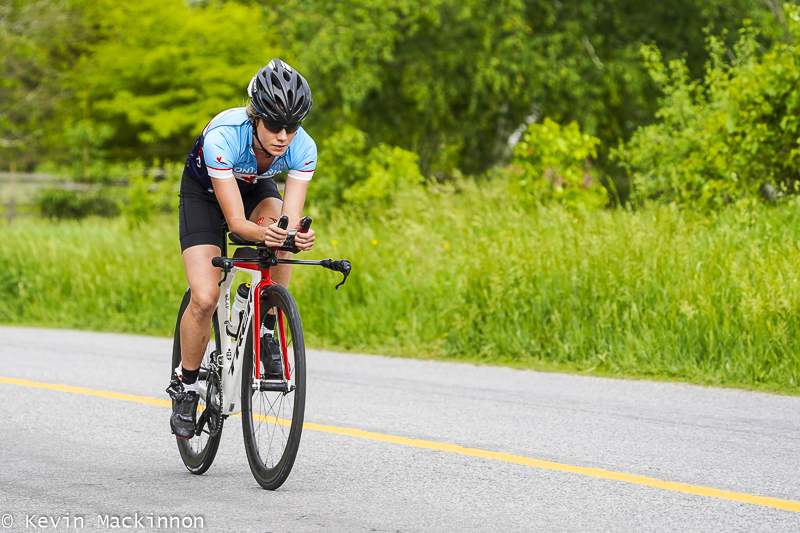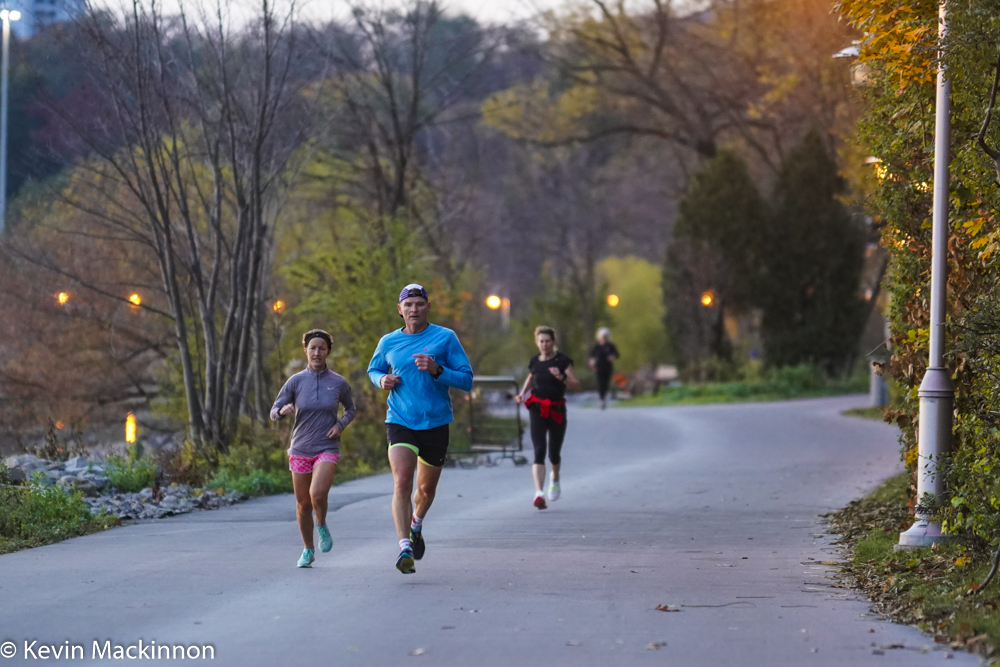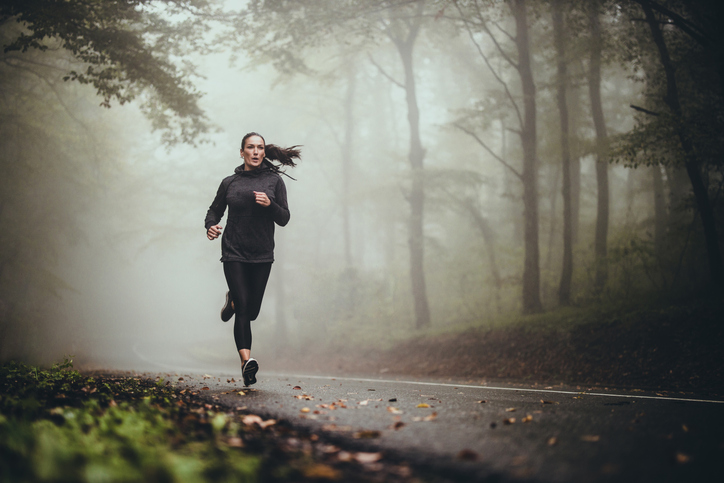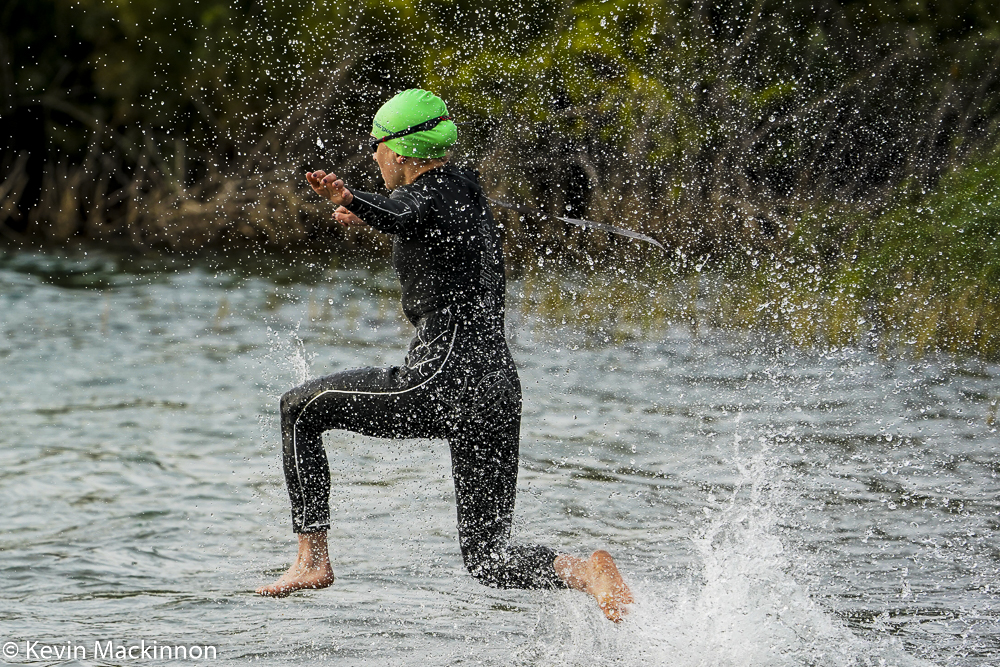7 key stages to a successful triathlon training program
How to build back to a regular triathlon training program
 Photo by:
Kevin Mackinnon
Photo by:
Kevin Mackinnon
With the COVID-19 driven cancellation and modification of indoor workout classes, outdoor group training sessions and pool swims, taking a step back from triathlon proved almost an inevitable scenario for triathletes through 2020 and early 2021. There are some positives from this, though, because the body and mind do require a break. There are those who avoid complete rest for fear of losing fitness, or for reasons of sanity. But the truth is that accumulated fatigue is far more likely to impede fitness improvements than a break from training.
While the race calendar remains very much up in the air, there is a light at the end of the tunnel, and hopefully we’ll be able to participate in some events later this summer. That means its time to start thinking like a triathlete again. Below you’ll find some basic training practices and protocols to help you get back to race-ready fitness.

The basics: Tips for the training build
- Strength and conditioning:
This is important for durability in the sport, especially for inexperienced or aging triathletes. You should implement a basic stretching, core and strength routine, one which is easy to do in your home or garage and requires little equipment. A band, a yoga mat and possibly some dumbbells are all you’ll really need. This is great to incorporate at the beginning of your training and throughout the year, but these sessions should be in addition to your swim, ride and run workouts, not as a replacement. There are a ton of sample exercises online.
- Ease back into training:
Begin at around 30 to 40 per cent of your highest training load for the first month (base phase). You should then add volume slowly, leaving very demanding speed work out until your fitness has improved. Be mindful of how your body feels. You should address any ailments, aches and pains now before they potentially become worse as your training ramps up.
- Plan and document:
Even with the uncertainty of the 2021 race season, put together a best-case scenario and document your workouts as you push toward your “A” race, either with pen and paper, Strava, Training peaks, or one of the other online options.
Related: 6 months to race-ready training plan

Annual triathlon training phases
The various training phases and the timing of their implementation is dependant on several factors, but is perhaps most impacted by geographical location and climate. According to Kevin Cutjar, a former world Ultraman Champion and lead coach at Triathlon Warrior based in Penticton, the season can be broken up into five pre-race phases, followed by a recovery and then a transition phase, before a reset for the following year.
Cutjar concedes there is merit to a more specific and in-depth approach for advanced triathletes. But for most beginner and intermediate participants, this approach uses a combination of simplicity and specificity, and adheres loosely to the structure made famous by Joel Friel in his Training Bible books.
1) BASE PHASE – Winter-Indoor : 12 to 20 weeks.
The Base Phase may start in November through January – or January 1st for those who like to begin on day one of the New Year. “The focus is on skills, drills technique, improvement and efficiency. Sport specific strength, durability and flexibility are also a focus during the winter months,” explains Cutjar. This period can be used to work on sports with the most room for improvement by dedicating significantly more energy on the “focus sport,” while decreasing time and effort on stronger sports. Only have one “focus” sport at any one time. Volume is low, but intensity is moderate. Bike trainers, treadmills and pool swims are typical.
2) PRE-COMPETITION PHASE – Spring-Outdoor: 4 to 8 weeks.
The Pre-Competition Phase is ideally a move to outdoor training (depending on location) and energy is balanced evenly between swim, bike and run. Overall intensity is low to moderate, as bike volume (and related weekly hours of training) increases. “Three to four week progressive overload training ‘cycles’ are employed here, where training builds for two to three weeks before an easy week to complete each cycle,” says Cutjar.
3) COMPETITION PHASE – Summer : 8 to 14 weeks.
The Competition Phase, or “Race Season” is set up to accommodate important races, with easy weeks timed to act as taper, or race-preparation weeks. “Race specific sessions, including open water swim training and transition sessions, are included each week, along with key workouts,” says Cutjar. Some lower priority events, such as a local sprint or Olympic distance race, may take the place of key workouts, to adapt to the race environment.
Related: 16-week Ironman training plan
4) PEAK PHASE – 2 to 3 weeks.
The Peak Phase is the final part cycle of the competition phase and occurs in the lead-up to the highest priority races. Cutjar explains, “There are no other events during this peak in focused training. Overall training load is relatively high. Training includes key workouts and recovery from workouts should be a priority.”
5) TAPER PHASE – 1 to 3 weeks.
Taper immediately before higher priority races. “Training intensities are maintained while session times are reduced and are less frequent,” Cutjar continues. More time is allocated to other areas of race preparation, including finalizing logistics and mental rehearsals and strategies.
6) RECOVERY PHASE – 1 to 3 weeks.
Active recovery is recommended during the post-race period. Sessions are low intensity and short. “One or possibly two light sessions per day, with one or two rest days per week,” says Cutjar. This is a time to relax and absorb the physical and mental stress of training, racing and travel.
7) TRANSITON OR FOUNDATION PHASE – Fall Season – 6-12 weeks.
The Transition Phase is, for seasoned athletes, a chance to take a break from the specific demands of triathlon and enjoy a period of cross-training, such as mountain biking or trail running, or a single sport focus, such as running a fall marathon.
The Foundation Phase is a chance for anyone new to triathlon, or possibly an athlete looking to step up to a full-distance race the following summer, to build aerobic and sport specific fitness, with consistent swim, bike and run training at low to moderate intensity.
It remains to be seen how the pandemic will affect the 2021 race calendar and the general psyche of triathletes worldwide. But adhering to these training phases (even if self-coached and directed) gives us all our best shot at specific physical fitness, race day success and a chance to maintain our overall sanity.
This story originally appeared in the March, 2021 issue of Triathlon Magazine Canada.

